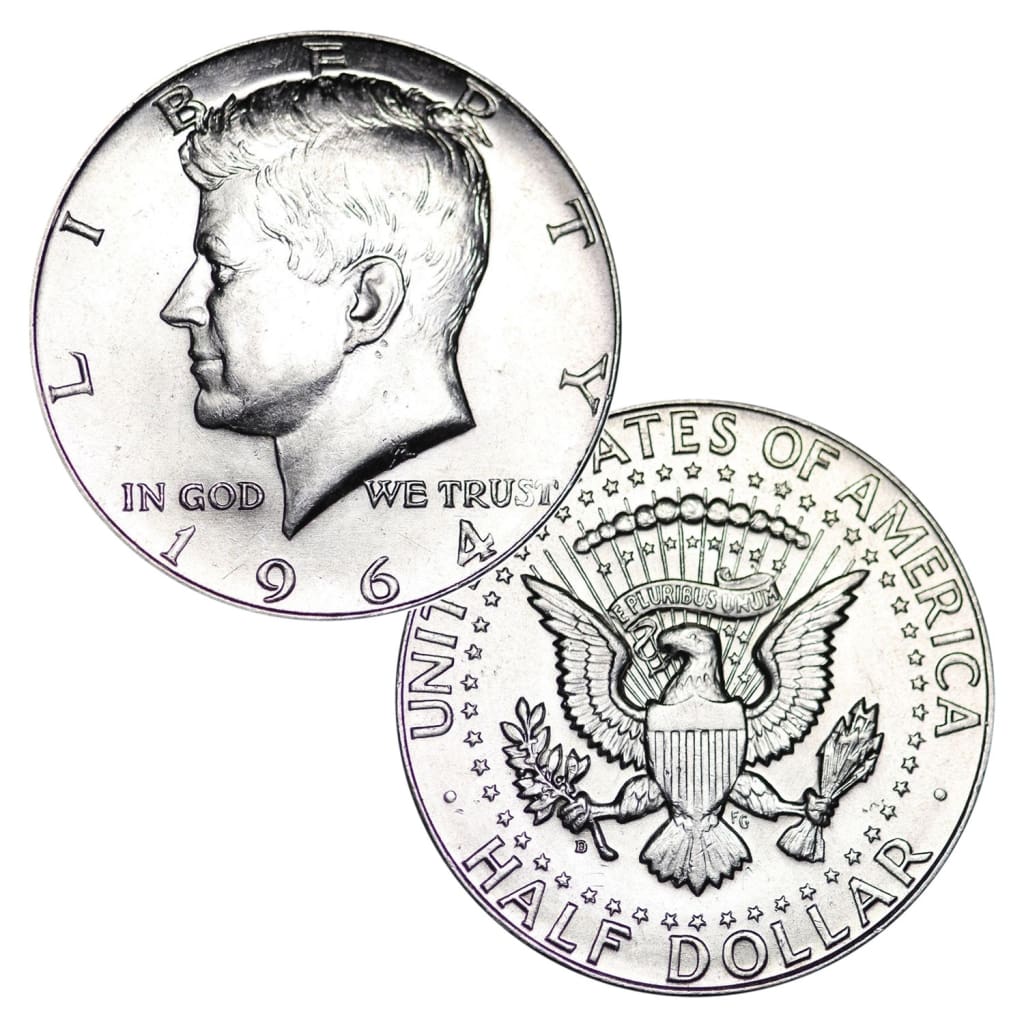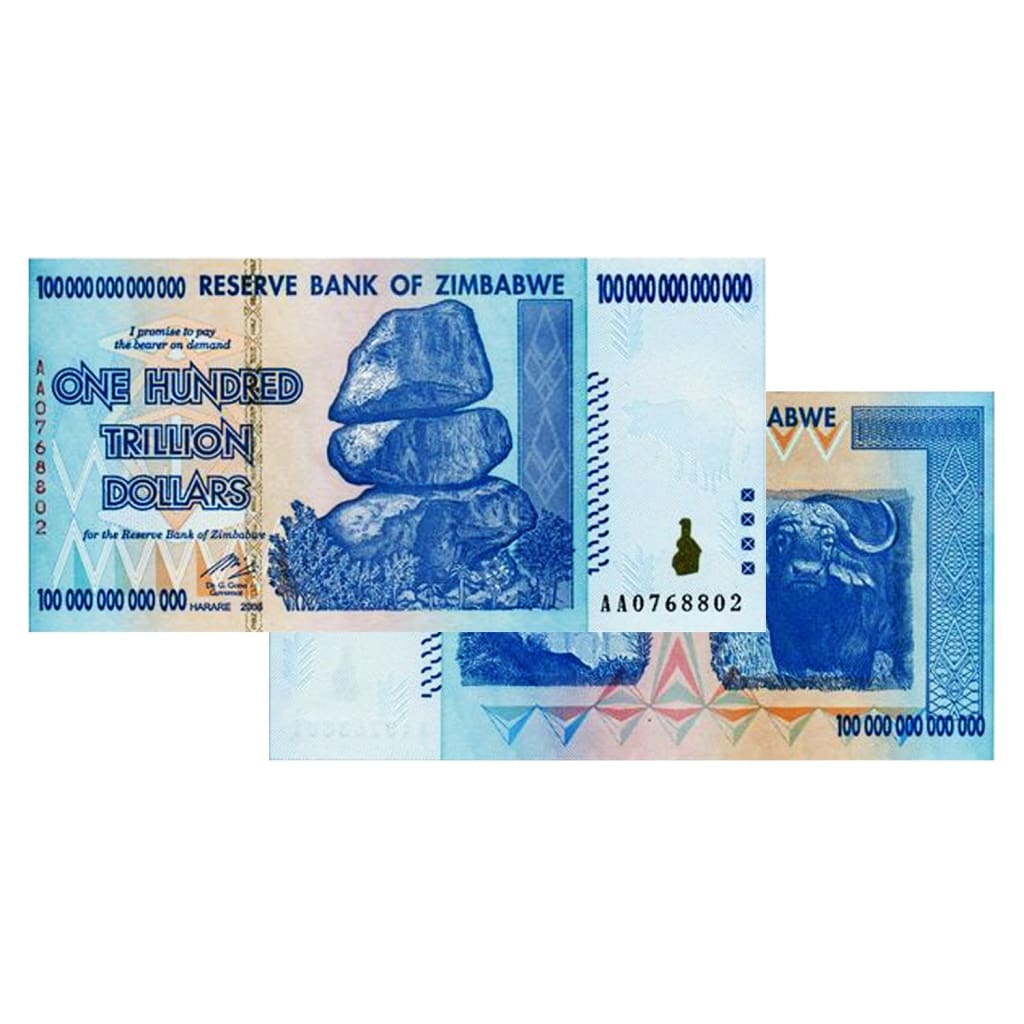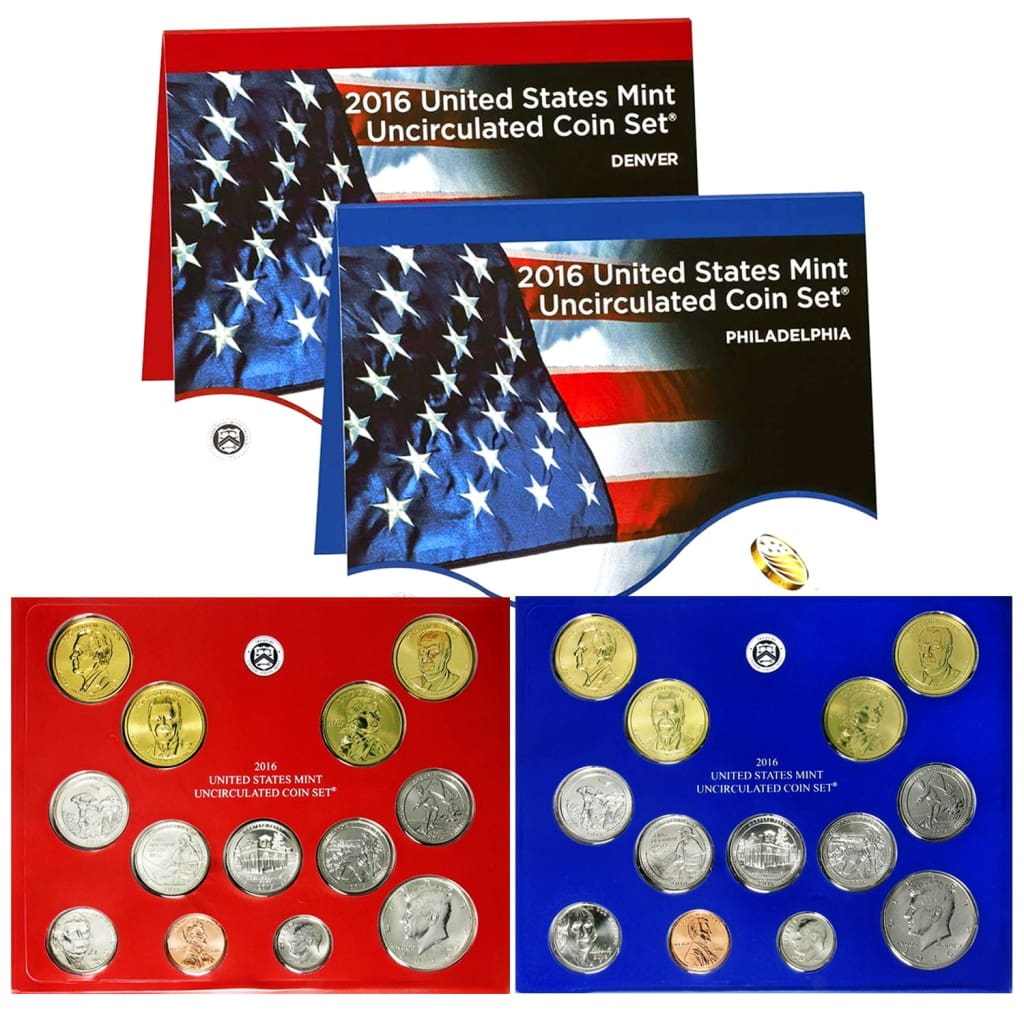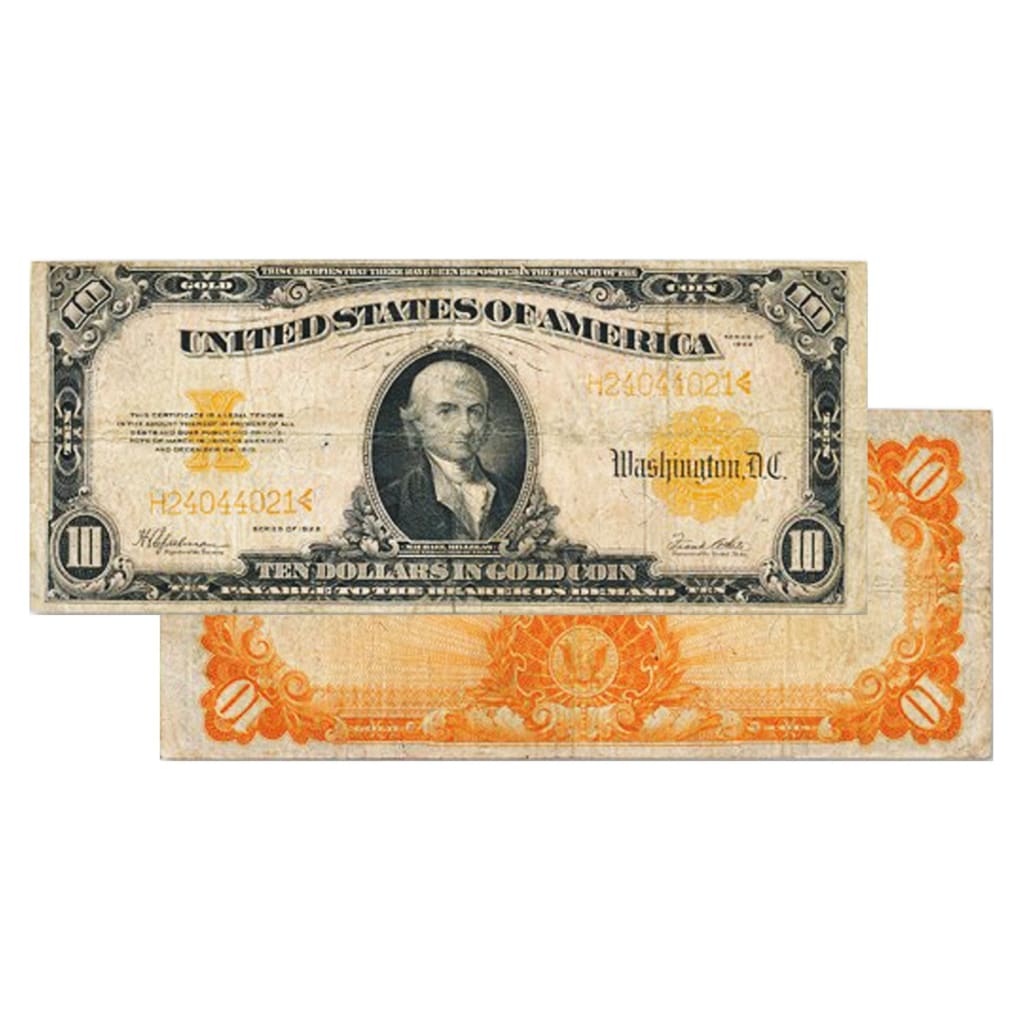This is the first of a three-part series where we look at the history of this important coin.
Lincoln Cent Production Statistics
|
Design |
Years of Production |
Total Mintage |
|
Wheat Cent |
1909* - 1958 |
25,821,026,199 |
|
Bronze Memorial |
1959 - 1982 |
158,090,031,336 |
|
Copper/Zinc Memorial |
1983 - 2008 |
269,404,244,453 |
|
2009 Bicentennial |
2009 |
1,978,000,000 |
|
Lincoln Shield |
2010 – Present |
48,548,270,000 |
* Just under 15 million Indian Head cents were produced in 1909 before introduction of
the Lincoln cent.
Mintage numbers from Wikipedia and include proof coins and error coins that were
unreleased for circulation. Some mintage numbers are estimates since certain proof and
rare mintage numbers aren’t known.
The Wheat Cent
Politics, both national and institutional, often intrude on coin design, and the Lincoln cent was no exception. It came about because President Teddy Roosevelt thought US cons lacked distinction on the world stage and could be more creatively designed. The Treasury Department took the president’s advice and ultimately accepted a proposal by Victor David Brenner for a new one-cent coin. Brenner, an apprentice of revered coin designer Augustus Saint-Gaudens, submitted a design that carried a bust of Abraham Lincoln on its obverse and a stylized wreath of wheat stalks on the reverse, giving the coin its colloquial name, the Wheat Penny or Wheatie.
But the design was not without controversy. Lincoln’s image was chosen to commemorate the centennial of the martyred president’s birth, but up to then, no real person, living or dead, had been featured on US coins. Fortunately for Brenner, the idea enjoyed widespread popularity, so the tradition was broken, and the first Lincoln cents were released on August 2, 1909, replacing the 50-year-old Indian head design. But Brenner’s troubles weren’t over.
Rumor has it that the mint’s chief engraver, Charles Barber, was miffed at having been passed over for the design and insisted that Brenner’s initials (VDB) be removed from the coin’s reverse, even though including them had long been common practice. Regardless of the reason, Brenner’s initials were removed beginning on August 12, 1909, only ten days after the coin was released.
The 1909-S VDB Cent
While roughly 28 million of the coins with Brenner’s initials were produced at the Philadelphia mint, only about 480,000 were minted in San Francisco (Denver didn’t strike one-cent coins until 1911). Several thousand of the coins are known to exist and are available in the $500-700 range in circulated condition, but the highest-graded samples command thousands, including the only known MS-67 coin that is estimated to be worth $21,000.
Brenner Redux
In 1918, the year after Barber’s death, Brenner’s initials were restored, this time in very small letters under the lower edge of Lincoln’s bust, where they remain today.
Early Wheat Cent Key Dates
1914-D: Very low mintage, but beware of Philadelphia or San Francisco coins with altered mint mark or Denver coins with the date altered.
1917 (Philadelphia): Doubled die obverse
1922 “Plain”: Lincoln cents were struck only at Denver that year, but one pair of dies supposedly had the mint mark ground off due to damage, resulting in some Denver coins with no mint mark. Beware of altered coins and have any samples authenticated by an expert.
1931-S: Low mintage. Top grades can bring $200-400
1936 Doubled Die Obverse. Top grades have brought over $2,000.
Up next: The Lincoln Penny – The War Years





